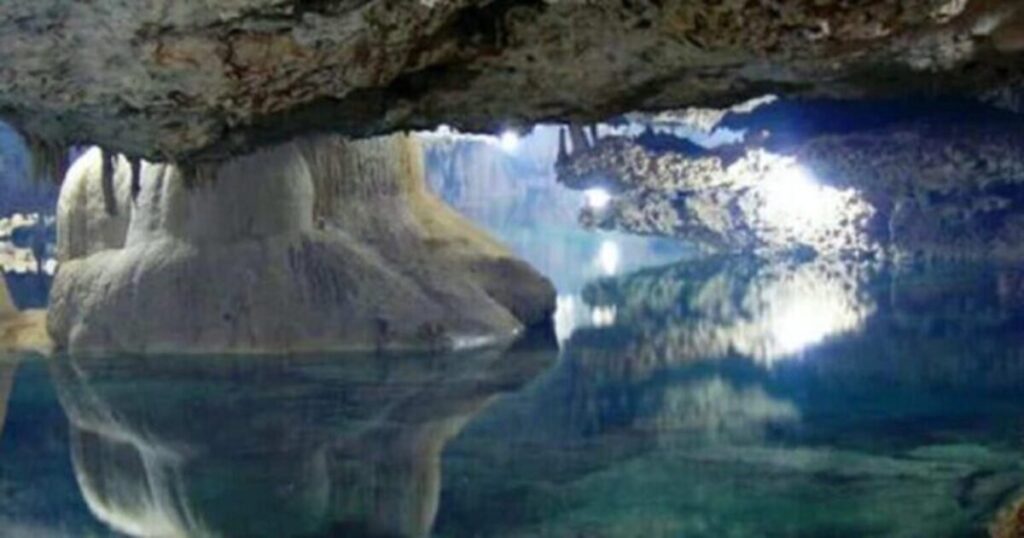We’ve all been captivated by the vastness of Earth’s oceans, from the expansive blue of the Pacific to the chilling depths of the Antarctic seas. But brace yourself for this astonishing revelation: beneath our very feet, there exists an ocean that is three times larger than all the surface oceans combined. This remarkable find—a colossal underwater expanse located 700 kilometers deep within the Earth—challenges everything we believed about our planet’s water resources.
Revealing Earth’s Secret Water Reserve
For years, researchers have debated where Earth’s water comes from, with some theories suggesting that it arrived via comet collisions. Yet, this groundbreaking discovery presents a fresh perspective: water might actually have originated from within the Earth itself. Scientists have recently identified an underground ocean trapped in a mineral known as ringwoodite, nestled deep in the Earth’s mantle. This massive reservoir could potentially contain three times the volume of all the Earth’s surface oceans combined.
This finding not only reshapes our understanding of where Earth’s water comes from but also fundamentally changes our perception of how much water exists on the planet. For decades, our focus has been on the visible water—rivers, lakes, oceans—but this discovery implies that a substantial amount of the Earth’s water may be concealed deep underground, beyond the reach of our sight.
The Science Behind This Groundbreaking Revelation
Led by Steven Jacobsen from Northwestern University, a dedicated team employed an innovative approach to reveal this hidden water—using seismic waves. These waves travel through Earth’s layers and slow down upon encountering water-rich minerals. By carefully studying variations in these seismic waves, the researchers managed to uncover the existence of this concealed water reservoir.
Jacobsen highlighted that this breakthrough provides concrete evidence that a significant amount of Earth’s water may have originated from deep within the planet. This might also clarify the stability of our oceans over geological time, as the enormous reserves in the mantle could explain why their sizes have remained relatively constant despite climate changes and geological shifts throughout history.
A Revolutionary Perspective on the Water Cycle
The existence of this subterranean ocean could transform our understanding of the Earth’s water cycle. With water stored between rock grains, the mantle appears to play a far greater role in managing the planet’s water over extended periods than we previously realized. Without this hidden ocean, much of the Earth’s surface could be submerged, leaving only the tallest mountains protruding, as Jacobsen pointed out.
The implications of this discovery are staggering—it’s possible that the mantle’s water reservoir acts as a kind of internal water storage, influencing the dynamics of surface water. This opens up a plethora of new avenues for exploring the long-term evolution of water on our planet.
A New Chapter in Earth’s Geological History
Though this finding is still in its nascent stages, scientists are keen to gather more data to ascertain the extent of this subsurface water phenomenon. Global seismic networks will be pivotal in determining whether other regions of the Earth’s interior also house significant water reserves. This could prompt a comprehensive reassessment of how we view the history of our planet and the integral role water has played in its development.
In conclusion, the identification of this hidden ocean beneath the Earth’s surface is not merely intriguing—it represents a monumental shift in our understanding of the planet. This covert water reservoir could explain why Earth’s oceans have remained stable over eons and may even provide insights into our planet’s hydrological past. Sometimes, the most profound revelations lie beneath our feet.







